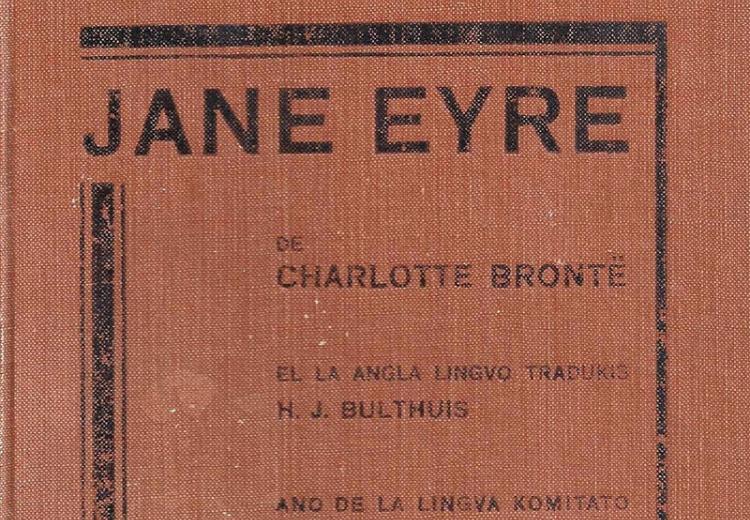Introducing Jane Eyre

"Jane Eyre", 1931.
What was life like for women during the Victorian age? You will explore several websites that describe life in the Victorian era, a term used to describe the culture and society during the reign of Queen Victoria from 1837 to 1901. Keep in mind that like all broad claims about a society, the following are examples of life during this time, and only begin to reveal the complexity of Victorian-era livelihood.
You will explore a 1850 issue of the American publication Godey's Lady Book and consider the questions below. Keep in mind that while this is an American publication, rather than British, it does present attitudes towards women's roles that would be familiar to a British audience.
Godey's Lady's Book
- What generalizations can you make about Victorian culture based on Godey's?
- What is featured in the section entitled "The Work Table"?
- What does this say about a middle-class Victorian woman's perception of "work"?
"The Sphere of Woman" by Goethe
- How does Goethe define the role of the Victorian woman?
- How does he see the woman's role as having advantages over the man's role?
- On what is the woman "dependent"?
- How does the image complement the text?
Think about how you would characterize the ideal Victorian woman. Read the following section "The ideal Victorian women" from Dr. Lynn Abrams article "Ideals of womanhood in Victorian Britain" via EDSITEment-reviewed Internet Public Library.
Play the "Victorian Women's Rights" interactive for the year 1840, the same time period when Charlotte Brontë was embarking on her career as a writer. Then examine what the laws said about women's rights using A Brief Summary in Plain Language of the Most Important Laws Concerning Women (1854).
Read the letters exchanged between Brontë and Southey by scrolling down to the paragraph in Chapter VIII that begins with Southey's letter ("It is not my advice that you have asked as to the direction of your talents"). Read Southey’s letter, Brontë's response to Southey's letter, Southey's second letter, and the two short paragraphs that follow Southey's second letter.
Chapter VIII of Elizabeth Gaskell's 1857 biography The Life of Charlotte Bronte
- Why does Southey believe that "Literature cannot be the business of a woman's life"?
- How did Brontë interpret Southey's advice in his first letter?
- How does Brontë explain her reasons for becoming a governess?
- Why does Brontë feel that she sometimes fails in "the duties a woman ought to fulfill"?
- How did corresponding with Southey influence Brontë's aspirations for a literary career?
Read an excerpt of Elizabeth Rigby's review of Jane Eyre in the 1848 issue of The Quarterly Review. Scroll down the document about two-thirds and read the two paragraphs beginning with the line "We have said that this was the picture of a natural heart" (or use Edit & Find to search the page for this paragraph). Consider the questions below, and then read the first several chapters of Jane Eyre and look for evidence to support and refute Rigby's claims about Jane.
Elizabeth Rigby's review of Jane Eyre in the 1848 issue of The Quarterly Review
Full text of Jane Eyre
- Of what sin does Rigby claim that Jane is guilty?
- What evidence does Rigby choose from the novel to support her criticism?
- In Rigby's opinion, how should Jane have acted under her circumstances?
